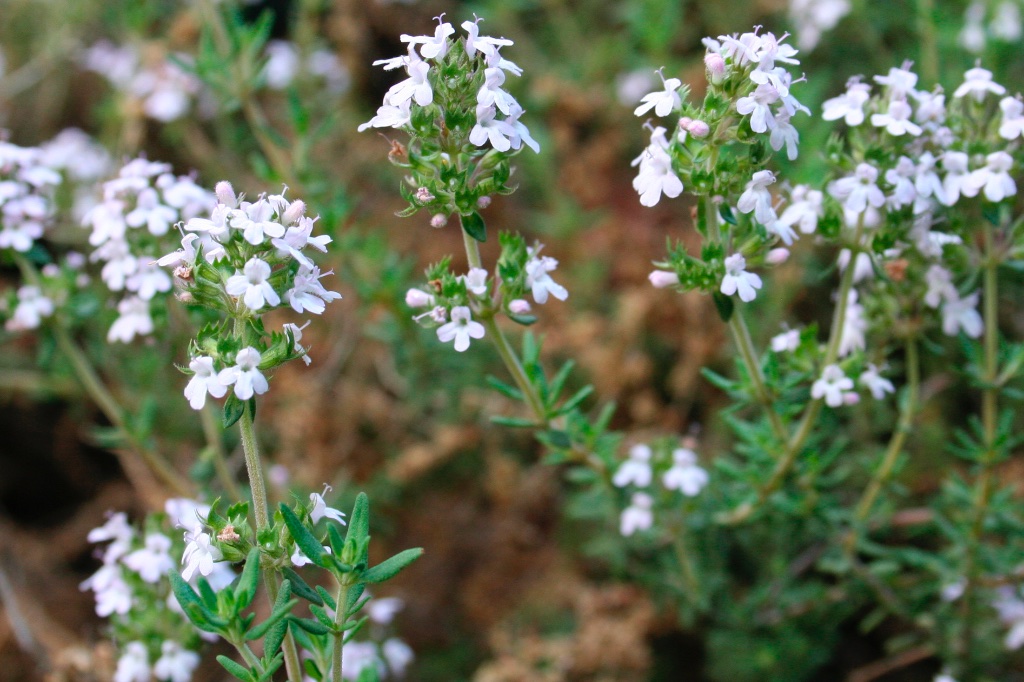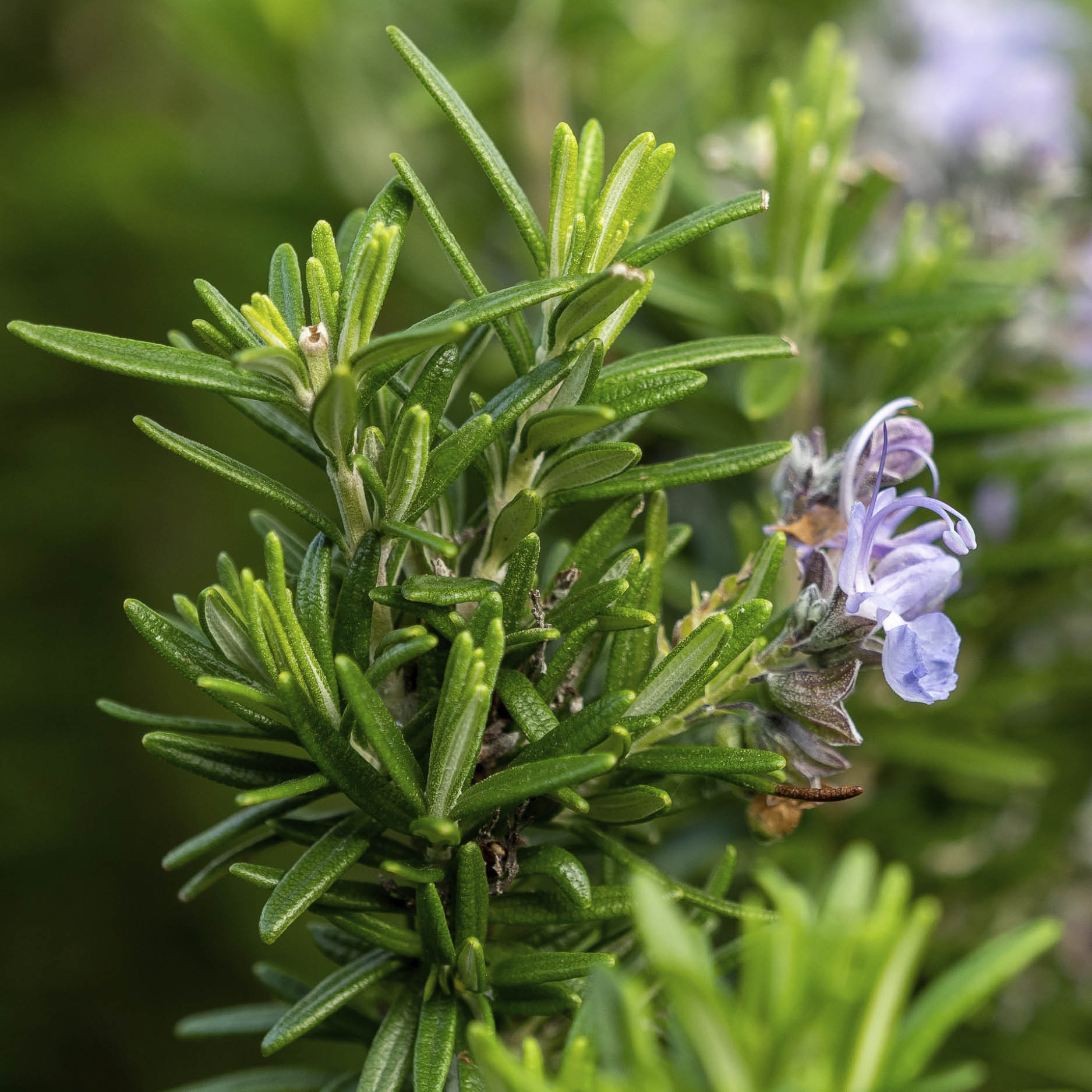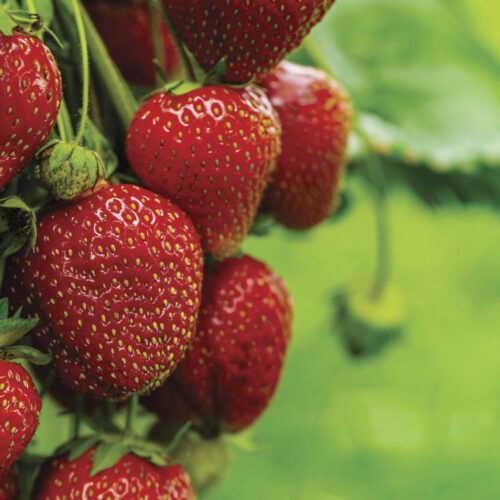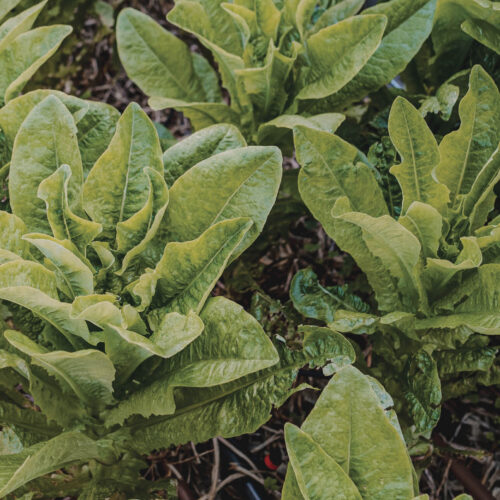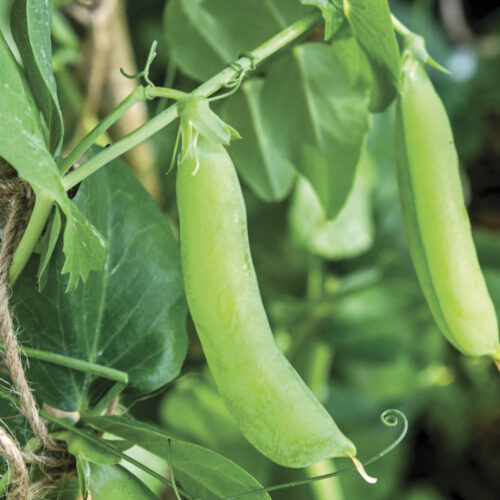Drought-tolerant herbs to grow
2018-11-19T05:09:28+11:00
Dryness intensifies the scent and flavour of these herbs, explains Penny Woodward.
It looks like parts of Australia are heading for a prolonged hot dry summer. Don’t despair, there are plenty of plants that will survive with very little water, once established, including some of the well-known Mediterranean herbs. Herbs are beautiful as well as practical. My current strategy is to grow the essential and more water-hungry herbs in pots near the kitchen or in the vegetable garden. This gives me only a couple of spots that need regular water. The other tougher herbs go out in the general garden and rely on rainfall with the occasional top up with tank water.
The good thing about these herbs is that the dryness intensifies flavour and the concentration of essential oils, so the herbs are better for cooking and more effective when used medicinally.
Mediterranean herbs such as rosemary, oregano and thyme grow naturally on rocky, arid hillsides with only occasional rainfall. Most of the herbs below do best in well-drained, sandy loam soils in full sun or semi-shade. They don’t do well in regions with wet summers and high humidity, although if the soils are very well drained then they may survive in a pot. The following is a shortlist of some of my favourite tough herbs.
Rosemary Rosmarinus officinalis ?
A woody perennial with dark green aromatic foliage and blue flowers, it grows easily from cuttings taken in spring. Keep trimmed. There are prostrate, dwarf and tall bush forms.
Uses: Hair rinse for dandruff. Compress for sprains. Drink tea for colds, flu, indigestion, fatigue, headaches and to improve memory. Flavour combines well with meat, especially lamb, and cheese. Add to soups and stews.
Thyme Thymus vulgaris ?
A woody perennial with grey-green aromatic foliage and pink flowers, this thyme rows easily from seed or cuttings in spring. Many other varieties are also drought tolerant. In heavier soils spread a layer of gravel over the surface of the soil.
Uses: Good low hedge or border plant, grows really well in pots. Antibiotic and antiseptic properties: drink the tea for chest infections, gargle for sore throat. Add fresh thyme leaves to soups and stews, breads and scones, and in smaller amounts to eggs and cheese.
Oregano Origanum vulgare
An herbaceous perennial that grows as a spreading clump with red-green, aromatic leaves. The pink and white flowers have dark pink bracts. Grow from seed or by dividing clumps in spring.
Uses: Good ground-cover herb for rocky banks. Antiseptic properties: drink the tea for colds, indigestion and tension headaches. Gargle for ulcers and sore throat. Add to tomato-based dishes, especially pizzas and pasta sauces, also cheese.
Southernwood Artemisia abrotanum?
This woody perennial has feathery silver-white or grey-green, aromatic foliage. Grow from cuttings taken in spring. Cut back hard in winter.
Uses: Good hedge plants. Strongly pest repellent. Grow near chooks to repel lice, and near the BBQ to repel mosquitoes. Add dried leaves with lavender to sachets used against clothes moths.?
Santolina Santolina chamaecyparissus?
Also known as lavender cotton, this woody perennial has coral-like grey, scented foliage and yellow button flowers. Grow from seed or cuttings in spring. For a compact bush, cut back after flowering.
Uses: Strongly pest repellent but best when dried. Add to moth-repellent sachets and sprinkle around books and papers to repel silverfish. Good low hedge or rockery plant.

